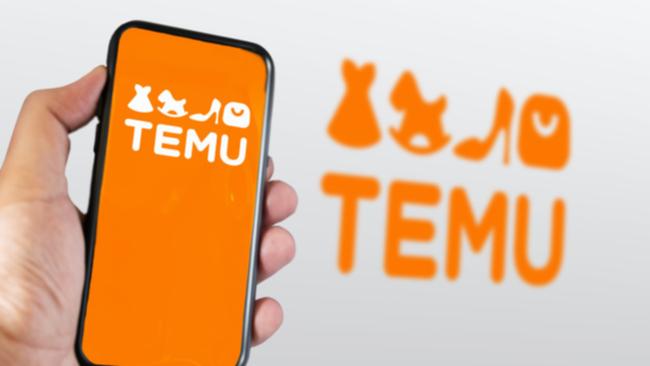
Phone systems for remote work make working from home easy and seamless. More people are checking the remote position box on their job applications, and companies want to support them by offering a reliable office phone service.
Invest in a business VoIP service that offers cloud-based telephony for remote work. To boost productivity, use unlimited free domestic calls, searchable voicemail, auto-attendant, and IVR.
Table of Contents
VoIP
As more and more employees work remotely, businesses must upgrade their phone systems to support this shift. VoIP (Voice over Internet Protocol) solutions are an excellent option for remote work because they allow teams to work from anywhere and use their company’s business number without giving up their cell phones.
Unlike traditional landlines tied to specific devices and locations, VoIP systems are based on your broadband or data connection. This allows employees to travel between different places and still use their work number, which provides customer consistency.
Many providers, like Virginia local phone service, offer plans with essential features like unlimited calls, voicemail-to-text, conference calling, and personalized greetings. Others offer advanced options like auto attendants and unified communications platforms. Some even integrate with team messaging platforms to enable efficient team communication and collaboration. These features are ideal for businesses that want to run a data-driven operation and ensure their remote teams are always on the same page.
Softphones
A softphone is a software application that converts any computer/laptop/mobile device into a business phone system. It lets employees access advanced telephony features, including caller ID, three-way conference calling, and more.
Employees can download the softphone program to their desktop/laptop/mobile devices and log in with their account credentials to get full access to the business phone system. The unified interface allows them to answer calls from any location and even change their outgoing caller ID to display their company’s number instead of their own.
It also helps them manage their calendar, handle multiple calls simultaneously, and even change call queues on the fly. They can also schedule a meeting with their client and connect with other team members using a voicemail-to-email feature. A modern business phone system should offer these essential features and a customizable user presence to ensure clients and colleagues know which team members are available. Moreover, a reliable provider provides excellent call quality and uptime for business phone systems for remote work.
Cloud Phone Systems
Whether your team works at an office or home, cloud phone systems can help them stay productive. These phone services use VoIP to give remote workers access to business calls, video meetings, and texting on a desktop, smartphone, or laptop with a stable Internet connection.
Features like caller ID and automatic call forwarding help remote employees know who they’re speaking to. Call analytics can help you optimize customer service by analyzing calls and finding room for improvement.
An excellent remote work phone system also allows team members to edit their call routing on the go and access voicemail from anywhere. Plus, a feature like voicemail-to-email transcribes a voicemail into an audio file that can be accessed from any device and doesn’t clog your data limits. Other important features include call recording and customizing a panel with business-specific settings. Check out our comparison of cloud phone services to find the best fit for your team.
Voicemail
Voicemail is a primitive communication technology carried over from the dial-tone phone era. In many instances, it is the default scapegoat for bad news that people don’t want to share in real time over the phone (or any other method).
Unlike the analog answering machine, a standalone device, modern voicemail systems are built into VoIP and PBXs. They provide a digital recording for callers who cannot reach you when you’re unavailable. Typically, the greeting asks callers to leave their name and phone number. Most systems also allow you to set up distribution lists to send a single message to multiple recipients. You can even configure notifications so that specific messages are tagged as urgent. Another popular feature is visual voicemail, which lets you access your voicemails in an email-like interface and view important information such as date, caller ID, duration, and more. This can boost productivity.


